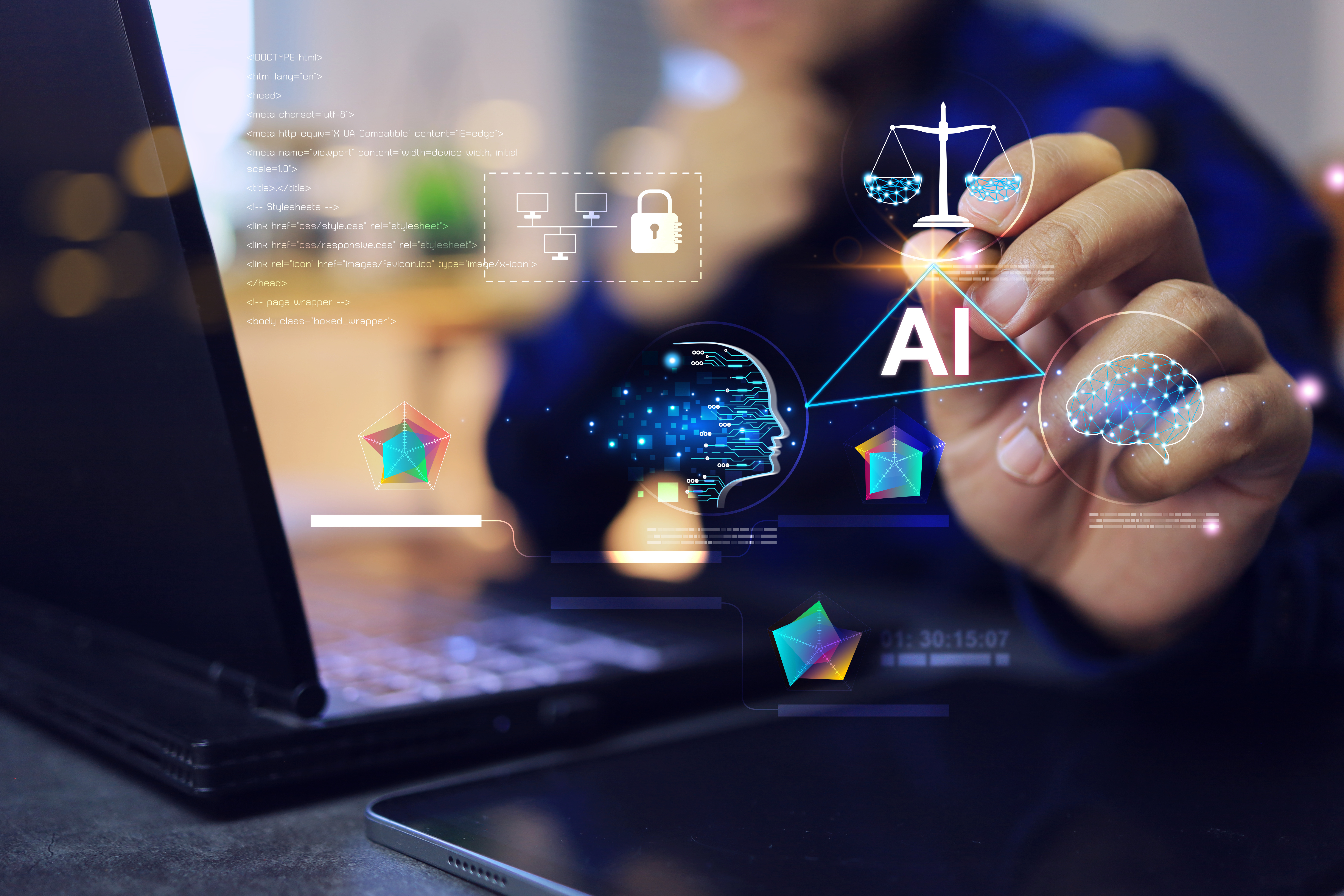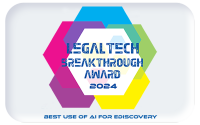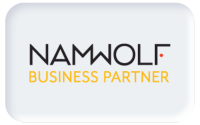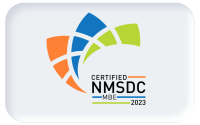I wrote a blog back in 2018 called, “Let’s Stop Calling AI, AI” because it gave me an ick. People were using the term for everything, which means it meant something different to each person. As a result, I never knew what people were asking me about when they’d say: ”Can we use AI?” or “How do you use AI?” Concepts, clustering, suggestive coding, predictive coding, and active learning all fell under this all encompassing banner, and people had varying levels of comfort with each use.
Now, six years later, I know exactly what people are asking for. They ONLY mean GenAI like ChatGPT and all of the tools using Large Language Models (LLMs). They aren’t talking about the terms listed above anymore. Which is also weird for me.
And to be fair, today’s AI is very different. It has been able to rapidly innovate traditional legal tasks, from document review to predictive analytics. What we are experiencing is that LLMs are able to process information and make decisions in a way that mimics human thought processes, but at a scale and speed that humans just can’t match.
AI Use in the Legal Industry Today
In eDiscovery, AI-powered workflows and processes use natural language processing (NLP) to expedite the review of large volumes of documents. An LLM can be used to:
- Automate initial document reviews
- Issue tags and categorize inbound productions
- Create binders for depositions and witness prep
- Narrow down populations for document review
And it can do these things with a level of speed and accuracy previously not seen before. This automation can speed up several phases of the discovery process, enhance precision in identifying relevant information, reduce spend, and allow lawyers to focus on case strategy.
For Contracts Review and Management, we are seeing AI efficiently review, extract key terms, assess risks, and ensure compliance in large volumes of contracts. These capabilities are important during due diligence and for
ongoing contract management, significantly saving time and minimizing human error.
Legal Research is also being helped a lot with the use of AI. Processes using AI tools can reduce the overall workload of legal research teams by quickly navigating extensive legal databases, providing relevant case laws and possible interpretations. This may enable lawyers to construct legal arguments more efficiently.
In addition, document summarization is especially helpful. Teams using LLMs are having great success distilling information and understanding complex and lengthy documents. Finally, AI Assistants that allow users to question data populations in a conversational manner is another area where legal research is being transformed. Q&A that traditionally took hours or days now can take mere minutes.
Where we are seeing AI most eagerly accepted by our clients, however, is with early case assessment (ECA) and data culling for document review or production. Workflows that involve using LLMs to identify topics, events or entities, and collating related documents are proving very useful in understanding data sets and prioritizing documents for review, production, or withholding.
AI and Legacy AI: Related, but Different
Initially a broad term that could mean anything from predictive coding to clustering, AI seems to now specifically
refer to GenAI alone. My colleague, Dave York, and I even had to add a slide to our standard eDiscovery presentation
to remind people that there are still very impactful use cases for the “old AI” and are referring to things like Active Learning as “Legacy AI.”
While AI and Legacy AI are related, they are also completely different. What will be interesting is seeing how the technology continues to advance and what “AI” will mean in the next six years, But if we’re being honest, I probably won’t like it then either.

Caragh Landry
Author
Share article:
Caragh brings over 20 years of eDiscovery and Document Review experience to TCDI. In her role as Chief Legal Process Officer, she oversees workflow creation, service delivery, and development strategy for our processing, hosting, review, production and litigation management applications. Caragh’s expertise in building new platforms aligns closely with TCDI’s strategy to increase innovation and improve workflow. Her diverse operational experience and hands on approach with clients is key to continually improving the TCDI user experience. Learn more about Caragh.





